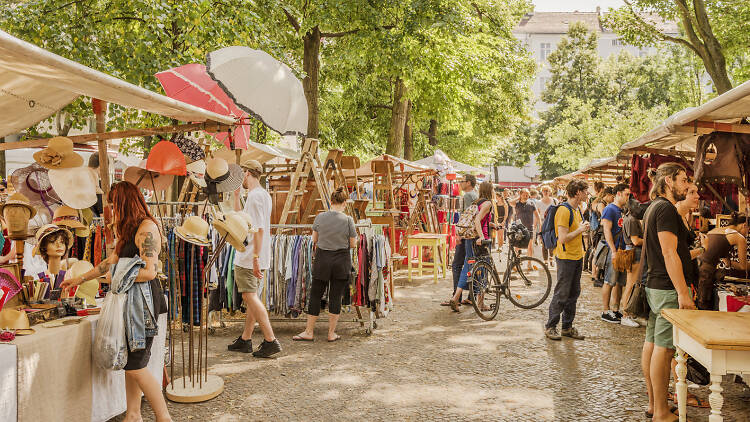Vintage markets are treasure troves for enthusiasts of past eras, offering everything from classic fashion pieces to timeless accessories that tell a story. Venturing into these markets can be as exciting as it is rewarding, especially when you come prepared with the right knowledge and expectations. For those eager to delve into the world of vintage clothing, understanding what to anticipate and mastering the art of bargaining are crucial skills that enhance the experience. With platforms like Blue17, you can explore a vast selection of vintage clothing online, preparing you for the unique finds and haggling scenarios you might encounter at a physical market.
What to Expect at Vintage Markets
Vintage markets range from small, local setups to large, internationally known fairs. Each market has its own character and can vary widely in terms of size, vendor type, and merchandise quality. Here’s what you can typically expect:
- Eclectic Mix of Vendors: Vintage markets are usually filled with a diverse array of sellers, from professional dealers who specialize in vintage clothing to hobbyists who are clearing out their personal collections. This mix ensures a wide range of products, from high-end designer pieces to affordable yet stylish finds.
- Varied Quality and Condition: Items at vintage markets can range from near-mint condition to well-worn. It’s important to carefully inspect each item for signs of wear such as stains, tears, or missing buttons. Some vendors may also offer restored pieces, which are often pricier but can be worth the investment for their quality and uniqueness.
- Atmospheric and Social Experience: Beyond shopping, vintage markets are social, cultural experiences. They often feature music, food stalls, and workshops, making them enjoyable places to spend a day. You’ll get the opportunity to meet like-minded individuals passionate about fashion history and sustainability.
How to Navigate and Shop at Vintage Markets
- Arrive Early: Getting there early is a tip veteran market-goers swear by. The best items tend to sell quickly, so arriving early ensures you have first pick on the most unique or valuable items.
- Bring Cash: While more vendors are starting to accept credit cards, cash is still king at many vintage markets. Cash transactions can also be quicker, which helps when you’re trying to secure a highly sought-after item.
- Dress Appropriately: Wear comfortable clothing and shoes as you’ll be on your feet for several hours. Additionally, consider wearing form-fitting clothing or layers that make trying on clothes easier if fitting rooms are not available.
Tips for Bargaining at Vintage Markets
- Do Your Research: Before you go, research the going rates for specific types of vintage clothing you’re interested in. Knowing the average market price can give you a solid foundation for negotiation.
- Be Polite and Friendly: A friendly demeanor can go a long way in securing a good deal. Engage the seller in conversation, show genuine interest in their items, and ask politely if the price is negotiable.
- Bundle Items: If you’re interested in multiple items from one stall, ask if the seller can offer a discount for a bulk purchase. Sellers are often more willing to lower the price if they’re selling more items in one transaction.
- Know When to Walk Away: If the price is too high and the seller won’t budge, it’s often best to walk away. Market vendors are usually more open to negotiations towards the end of the day, so you might get a better deal if you return later.
Making the Most of Your Vintage Market Experience
- Patience is Key: Shopping at vintage markets requires patience. Take your time to browse through the racks and bins. The best finds are often hidden and require diligent searching.
- Check for Authenticity: Learn how to spot authentic vintage clothing. Check labels, stitching, and materials. Sometimes, vendors may not be fully aware of the value or authenticity of their items, so having knowledge beforehand can be advantageous.
- Network with Vendors: Building relationships with vendors can be beneficial, especially if you plan on returning. They can offer you first dibs on new items and may even contact you when something specific comes in stock.
Exploring vintage markets is a journey into the past, offering a unique way to connect with history through clothing. Each visit can teach you more about fashion trends, craftsmanship, and the stories embedded in wearable artifacts. Whether you’re a seasoned collector or a new enthusiast, the world of vintage markets can provide you with valuable pieces that bring character and history into your wardrobe, all while offering a sustainable approach to fashion.

